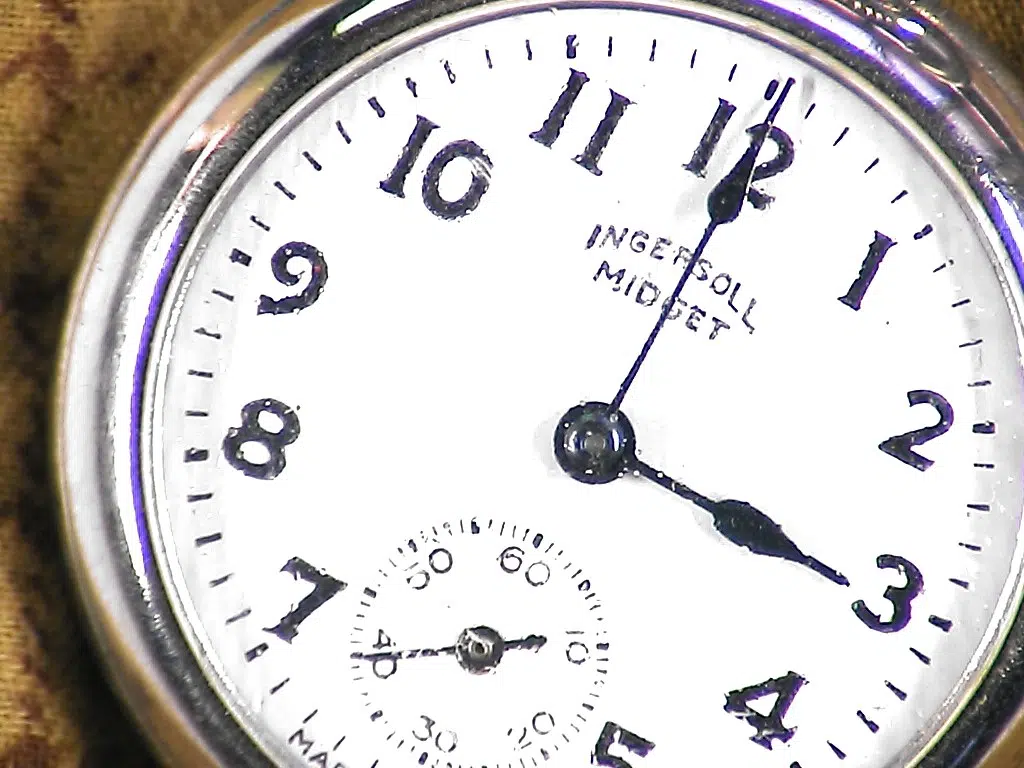Daylight Saving Time starts this Sunday, March 14. That’s when we set our clocks ahead one hour.
There are a few ways you can prepare:
About a week in advance: Start shifting the time you go to sleep and wake up by 10 minutes earlier each night and each morning.
Three days in advance: Start shifting the time you go to sleep and wake up by 20 minutes earlier each night and morning.
The night before: It’s still not too late to get your seven hours of sleep — two options are to go to bed half an hour early and sleep in half an hour or go to bed an hour early.
It’s not just about good sleep. According to one 2020 study, the risk of fatal traffic accidents increases by 6% during the transition in spring from Standard Time to Daylight Saving Time.
There is also a risk of cardiovascular events, like increased risk of cardiovascular morbidity, myocardial infarction, stroke and hospital admissions due to the occurrence of acute atrial fibrillation, mood disorders and circadian misalignment.
A hot tip: Just like keeping a consistent sleep schedule, eating habits and the timing of meals are important to help our internal clock.
Another piece of advice: turn off electronics, at least about a half an hour before bed. The blue light from our screens can be overstimulating, triggering a state of alertness, and the content on our phones can be very engaging.
Finally, reserve your bed only for sleep and sex. Doing other activities like watching TV or doing work can accidentally make your brain form the wrong habits.







